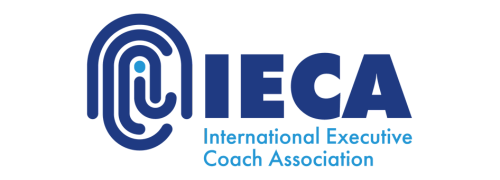Leadership and Change Management Programs
The Leadership and Change Management Programs are designed to develop skills and competencies in leaders who need to guide their organizations through transitions and transformations, create cultural impact, and implement new policies, procedures, or frameworks such as Agile.
Below is a general description of the content covered in these programs:
1. Leadership Fundamentals
360° Leadership Assessment: Individual and collective evaluation using the Leadership Circle Profile tool, aligned with the new leadership roles for 21st-century organizations, as outlined by McKinsey.
Leadership Theories and Styles: Study various leadership approaches and styles, such as transformational, situational, and charismatic leadership.
Self-Awareness and Personal Development: Personality assessments, emotional intelligence, and self-awareness development.
Effective Communication: Techniques for communication, active listening, and presentation skills.
2. Change Management
Organizational Change Models: Analysis of popular models such as Kotter, ADKAR, and Lewin’s Change Cycle.
Implementation Strategies: Planning, designing, and executing strategies for implementing organizational change.
Managing Resistance: Techniques to address resistance to change among employees and stakeholders.
3. Interpersonal and Team Skills
Teamwork and Collaboration: Promoting team cohesion, collaboration, and effective teamwork.
Negotiation and Conflict Resolution: Tools and techniques for negotiation and managing organizational conflicts.
Mentoring and Coaching: Training in mentoring and coaching to develop other leaders within the organization, highlighting the role of the “Leader Coach.”
4. Strategic Vision and Planning
Strategic Thinking: Developing a strategic vision and long-term thinking skills.
Planning and Execution: Creating strategic action plans and ensuring their effective implementation.
Environmental Analysis: The organization’s internal and external environment is assessed to identify opportunities and threats.
5. Innovation and Creativity
Fostering Innovation: Strategies to encourage innovation and creativity within the organization.
Managing Innovation Projects: Implementation and management of innovative projects.
6. Organizational Culture
Developing and Managing Organizational Culture: Creating and maintaining an organizational culture aligned with the company’s values and objectives.
Diversity and Inclusion: Promoting diversity and inclusion in the workplace.
7. Evaluation and Continuous Improvement
Performance Indicators: Defining and tracking KPIs (Key Performance Indicators) to evaluate the impact of leadership and change initiatives.
Feedback and Learning: Systems to collect feedback and learn from experiences to ensure continuous improvement.
8. Technology and Digital Leadership
Digital Transformation: Understanding how technology is changing leadership and change management.
Leadership in the Digital Age: Skills needed to lead in a digital environment, including managing virtual teams.
These programs are dynamic and typically include a combination of theoretical classes, practical workshops, case studies, role-playing, and personalized coaching to ensure participants acquire knowledge and develop practical skills applicable to their specific work contexts.
EXPECTED BENEFITS
Improved Communication and Collaboration: Teams become more cohesive and effective in working together.
Leadership Development: Leaders are better equipped to inspire and guide their teams.
Increased Productivity and Sales: More efficient processes and a more positive, motivating work environment.
Adaptation to Change: Teams become more resilient and capable of effectively managing change.
Compliance with Regulations and Current Security Policies: Reduced risk of penalties or fines due to non-compliance with legislation or corporate security policies.
